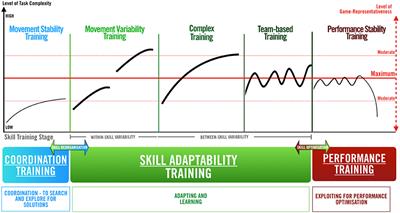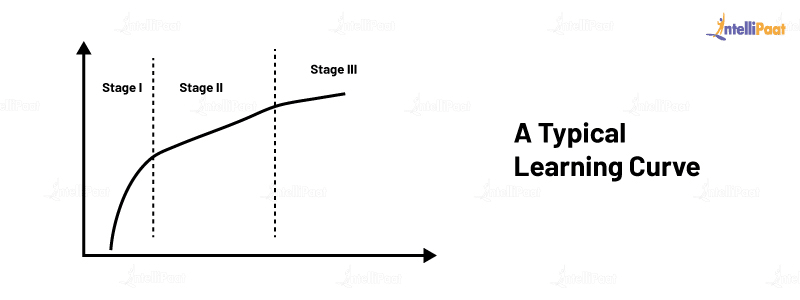The systematic training cycle theory is a framework for designing and delivering effective training programs. It is based on the idea that training should be systematic, meaning that it should be planned and organized in a logical and structured way. The theory suggests that the training process should be broken down into a series of steps, each of which serves a specific purpose and contributes to the overall effectiveness of the training.
The systematic training cycle consists of four main stages: analysis, design, development, and evaluation.
The analysis stage is the first step in the training cycle. During this stage, the training needs of the organization and its employees are assessed. This involves identifying the training objectives, determining the target audience for the training, and gathering data on the current knowledge, skills, and abilities of the employees.
The design stage is the next step in the training cycle. During this stage, the training program is developed based on the information gathered during the analysis stage. This involves determining the content and format of the training, as well as the delivery methods and materials that will be used.
The development stage is the third step in the training cycle. During this stage, the training program is actually created and prepared for delivery. This may involve creating written materials, designing visual aids, and developing interactive activities and exercises.
The evaluation stage is the final step in the training cycle. During this stage, the effectiveness of the training program is assessed. This may involve collecting feedback from participants and measuring changes in knowledge, skills, and behaviors.
One of the key benefits of the systematic training cycle theory is that it helps to ensure that training programs are well-planned and well-delivered, which increases their effectiveness. By breaking the training process down into a series of steps, organizations can ensure that they are addressing the specific needs of their employees and that the training is tailored to their learning styles and preferences.
Overall, the systematic training cycle theory is a valuable tool for organizations looking to design and deliver effective training programs. By following the steps of the training cycle, organizations can ensure that their training programs are well-planned, well-delivered, and well-evaluated, which can lead to improved performance and increased productivity among employees.









